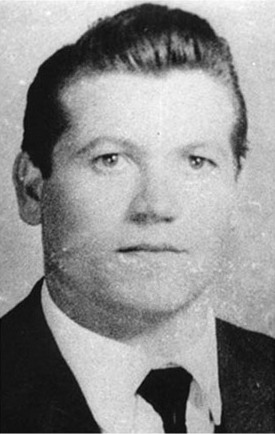
Bernardo Provenzano was an Italian mobster and chief of the Sicilian Mafia clan known as the Corleonesi, a Mafia faction that originated in the town of Corleone, and de facto the boss of bosses. His nickname was Binnu u tratturi because, in the words of one informant, "he mows people down". Another nickname was il ragioniere, due to his apparently subtle and low-key approach to running his crime empire, at least in contrast to some of his more violent predecessors.

Stefano Bontade was a powerful member of the Sicilian Mafia. His actual surname was Bontate. He was the boss of the Santa Maria di Gesù Family in Palermo. He was also known as the Principe di Villagrazia − the area of Palermo he controlled − and Il Falco. He had links with several powerful politicians in Sicily, and with prime minister Giulio Andreotti. In 1981 he was killed by the rival faction within Cosa Nostra, the Corleonesi. His death sparked a brutal Mafia War that left several hundred mafiosi dead.

Leoluca Bagarella is an Italian criminal and member of the Sicilian Mafia. He is from the town of Corleone. Following Salvatore Riina's arrest in early 1993, Bagarella became the head of the stragist strategy faction, opposing another faction commanded by the successor designate Bernardo Provenzano, creating a real rift in Cosa Nostra. Bagarella was captured in 1995, having been a fugitive for four years, and sentenced to life imprisonment for Mafia association and multiple murders.

Michele Greco was a member of the Sicilian Mafia and a convicted murderer. Greco died in prison while serving multiple life sentences. His nickname was Il Papa due to his ability to mediate between different Mafia families. Greco was the head of the Sicilian Mafia Commission.
Salvatore "Ciaschiteddu" Greco was a powerful mafioso and boss of the Sicilian Mafia Family in Ciaculli, an outlying suburb of Palermo famous for its citrus fruit groves, where he was born. His nickname was "Ciaschiteddu" or "Cicchiteddu", translated from the Sicilian alternatively as "little bird" or as "wine jug".
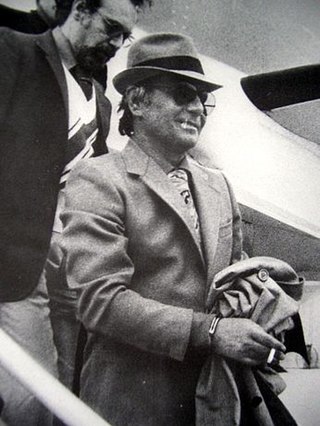
Angelo La Barbera was a powerful member of the Sicilian Mafia. Together with his brother Salvatore La Barbera he ruled the Mafia family of Palermo Centro. Salvatore La Barbera sat on the first Sicilian Mafia Commission that was set up in 1958 as the capo mandamento for Mafia families of Borgo Vecchio, Porta Nuova and Palermo Centro.
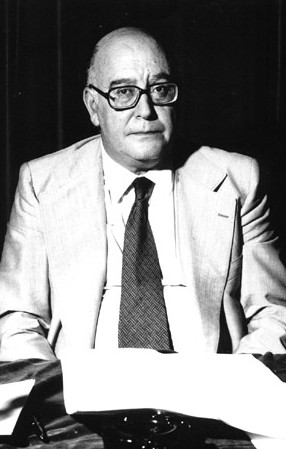
The Sicilian Mafia Commission, known as Commissione or Cupola, is a body of leading Sicilian Mafia members to decide on important questions concerning the actions of, and settling disputes within the Sicilian Mafia or Cosa Nostra. It is composed of representatives of a mandamento that are called capo mandamento or rappresentante. The Commission is not a central government of the Mafia, but a representative mechanism for consultation of independent Mafia families who decide by consensus. "Contrary to the wide-spread image presented by the media, these superordinate bodies of coordination cannot be compared with the executive boards of major legal firms. Their power is intentionally limited [and] it would be entirely wrong to see in the Cosa Nostra a centrally managed, internationally active Mafia holding company," according to criminologist Letizia Paoli.

Michele Cavataio, also known as Il cobra was an Italian mobster and powerful member of the Sicilian Mafia. He was the boss of the Acquasanta mandamento in Palermo and was a member of the first Sicilian Mafia Commission. Some sources spell his surname as Cavatajo.
Calcedonio Di Pisa, also known as Doruccio, was a member of the Sicilian Mafia. He was the boss of the Mafia family in the Noce neighbourhood in Palermo and sat on the first Sicilian Mafia Commission, the coordinating body of Cosa Nostra in Sicily.
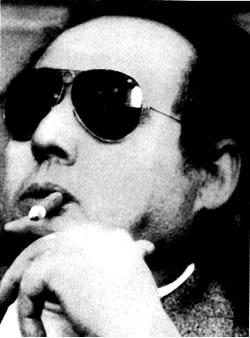
The Corleonesi Mafia clan was a faction within the Corleone family of the Sicilian Mafia, formed in the 1970s. Notable leaders included Luciano Leggio, Salvatore Riina, Bernardo Provenzano, and Leoluca Bagarella.
The Second Mafia War was a period of conflict involving the Sicilian Mafia, mostly taking place from the late 1970s to the early 1990s and involved thousands of homicides. Sometimes referred to as The Great Mafia War or the Mattanza, it involved the entire Mafia and radically altered the power balance within the organization. In addition to the violence within the Mafia itself, there was violence against the state, including a campaign of deliberate assassinations of judges, prosecutors, detectives, politicians, activists and other ideological enemies. In turn, the war resulted in a major crackdown against the Mafia, helped by the pentiti, Mafiosi who collaborated with the authorities after losing so many friends and relatives to the fighting. In effect, the conflict helped end the secrecy of the Mafia.
Salvatore Greco, also known as "l'ingegnere" or "Totò il lungo", was an Italian criminal and member of the Sicilian Mafia. He was born in Ciaculli, as the son of Pietro Greco, who was killed during a bloody internal feud between the factions of the Greco Mafia clan in Ciaculli and Croceverde Giardini in 1946. His cousin Salvatore Greco "Ciaschiteddu" was the first ‘secretary’ of the Sicilian Mafia Commission.

The Greco Mafia family is historically one of the most influential Mafia clans in Sicily and Calabria, from the late 19th century. The extended family ruled both in Ciaculli and Croceverde Giardini, two south-eastern outskirts of Palermo in the citrus growing area and also rural areas of Calabria where they controlled the olive oil market. Members of the family were important figures in the Sicilian Cosa Nostra and Calabrian 'Ndrangheta. Salvatore "Ciaschiteddu" Greco was the first ‘secretary’ of the Sicilian Mafia Commission, while Michele Greco, also known as The Pope, was one of his successors.
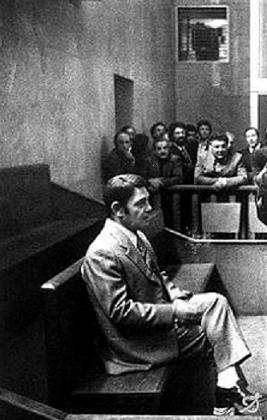
Gerlando Alberti, nicknamed 'u Paccarè, was a member of the Sicilian Mafia. He belonged to the Porta Nuova family in Palermo headed by Giuseppe Calò.
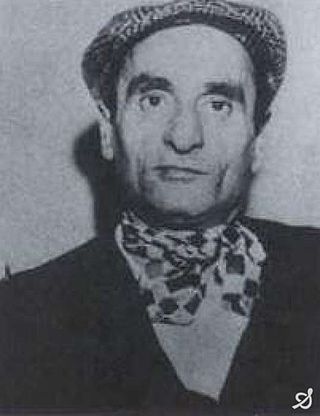
Pietro Torretta was a member of the Sicilian Mafia. He was the boss of the Mafia family in the Uditore district in Palermo and one of the protagonists in the First Mafia War. He was initially considered to be the man behind the Ciaculli massacre.
Calogero Bagarella was an Italian criminal and member of the Sicilian Mafia. He was from the town of Corleone and belonged to the Mafia clan of Corleonesi.

The Viale Lazio massacre on 10 December 1969 was a settling of accounts in the Sicilian Mafia. Mafia boss Michele Cavataio and three men were killed in the Viale Lazio in Palermo, Sicily, by a Mafia hit squad. The bloodbath marked the end of a pax mafiosa that had reigned since the Ciaculli massacre until the end of the Trial of the 114 against Cosa Nostra.

Salvatore Riina, called Totò 'u Curtu, was an Italian mobster and chief of the Sicilian Mafia, known for a ruthless murder campaign that reached a peak in the early 1990s with the assassinations of Antimafia Commission prosecutors Giovanni Falcone and Paolo Borsellino, resulting in widespread public outcry and a major crackdown by the authorities. He was also known by the nicknames la belva and il capo dei capi.
The Galatolo Mafia clan was a criminal family originating from the Acquasanta neighborhood of Palermo. They are one of the longest-running Mafia clans in the city, having held important positions throughout most of the 20th century and beyond and even coming to rule the entire Resuttana mandamento in the early 21st century.












